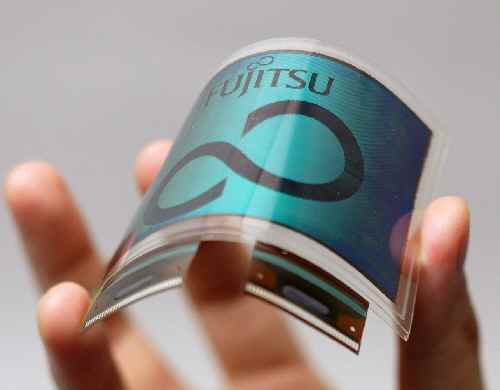Electronic Paper
Electronic paper, e-paper and electronic ink are display technologies which are designed to mimic the appearance of ordinary ink on paper.Unlike conventional backlit flat panel displays which emit light, electronic paper displays reflect light like ordinary paper, theoretically making it more comfortable to read, and giving the surface a wider viewing angle compared to conventional displays. The contrast ratio in available displays as of 2008 might be described as similar to that of newspaper, though newly developed displays are slightly better. An ideal e-paper display can be read in direct sunlight without the image appearing to fade.
Many electronic paper technologies can hold static text and images indefinitely without using electricity. Flexible electronic paper uses plastic substrates and plastic electronics for the display backplane. There is ongoing competition among manufacturers to provide full-color ability.
Applications of electronic visual displays include electronic pricing labels in retail shops, and digital signage, time tables at bus stations, electronic billboards,mobile phone displays, and e-readers able to display digital versions of books and e-paper magazines.
Disadvantages
Electronic paper technologies have a very low refresh rate compared to other low-power display technologies, such as LCD. This prevents producers from implementing sophisticated interactive applications (using fast moving menus, mouse pointers or scrolling) like those which are possible on mobile devices. An example of this limit is that a document cannot be smoothly zoomed without either extreme blurring during the transition or a very slow zoom. An e-ink screen showing the "ghost" of a prior image
An e-ink screen showing the "ghost" of a prior image
No company has yet successfully brought a full color display to market.
Electronic paper is still a topic in the R&D community and remains under development for manufacturability, marketability, and reliability considerations.

 About
About Tags
Tags Popular
Popular Google+
Google+
0 comments:
Post a Comment